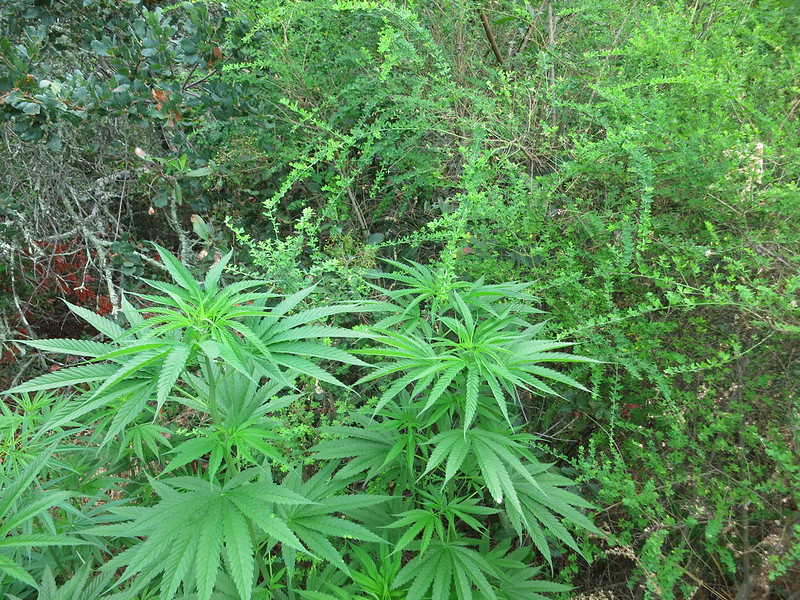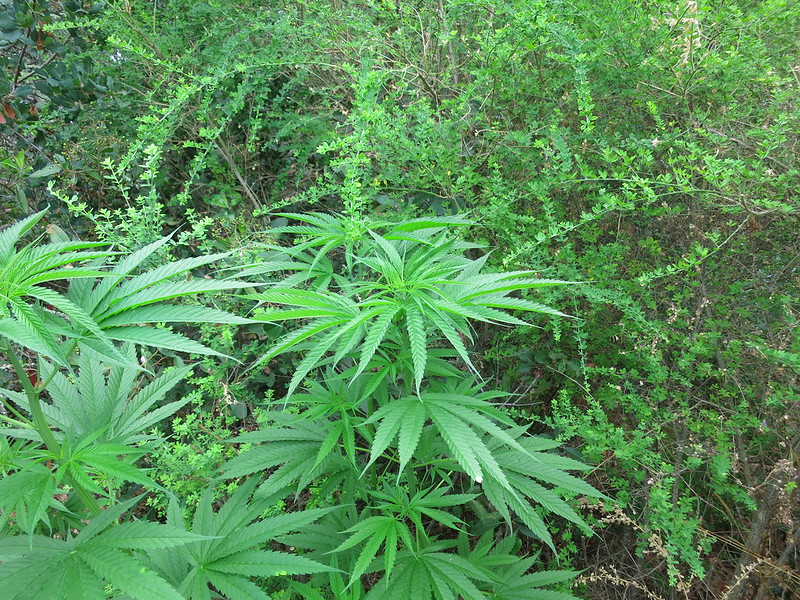AbuKeif
Member
All excellent questions! When I'm researching this kind of thing, the problem seems to be that there is a lot of 'received wisdom,' but not a lot of people have the time, resources, and freedom from security concerns to be able to test for multiple outcomes with large enough numbers of plants and arrive at reasonably 'scientific' conclusions. If someone has done this, I certainly hope they will pipe up in your other thread!













